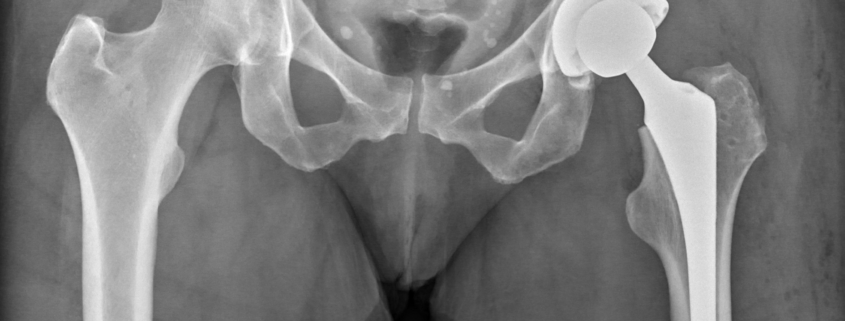
Revision Arthroplasty of the Hip
Overview
Revision arthroplasty of the hip, also known as hip revision surgery, is a procedure performed to repair an artificial hip joint (prosthesis) that has become damaged or worn out due to wear-and-tear, infections, or instability. This surgery is common among patients who have had a hip replacement in the past. The goal of this procedure is to restore mobility and reduce pain in the hip area.
Types
The type of hip revision surgery depends on the issue with the existing artificial hip joint. There are three main types of revision arthroplasty of the hip:
1. Femoral Revision: This involves replacement of the femoral component of the prosthesis. This procedure is commonly performed if the femoral component has become loose or broken.
2. Acetabular Revision: This focuses on replacing the acetabular component (hip socket) of the prosthesis. It’s done when the acetabular cup becomes loose or worn out.
3. Total Hip Revision: This involves replacing all parts of the hip prosthesis (ball, socket, and stem) and is performed when the entire prosthesis is malfunctioning.
Causes
Hip revision surgery becomes necessary when the original hip replacement fails. This can happen due to:
– Normal wear-and-tear of the joint
– Infection in the hip joint
– Injury or trauma to the hip
– Bone loss around the hip prosthesis
– Instability in the hip joint
– Dislocation or misalignment of the artificial joint
Symptoms
Here are common signs that your hip replacement may require a revision:
– Persistent pain in the hip, even after medication
– Swelling or inflammation around the hip area
– Decreased mobility or stiffness in the hip
– A feeling of the hip “giving way” or instability
– Unusual sounds (creaking, clicking, or popping) from the hip joint
Diagnosis
To diagnose the need for a revision arthroplasty of the hip, your physician may carry out:
– A physical examination to assess pain and mobility
– Imaging tests (x-ray, MRI, CT scan) to view the condition of the prosthesis
– A bone scan to look for any bone loss
– Lab tests to detect any infection
Treatment Options
Revision arthroplasty of the hip is the main form of treatment for a failing hip replacement. The type of revision surgery will depend on the problem with your current prosthesis.
The surgery may involve:
– Removal of the old prosthesis
– Bone grafting to replace lost bone
– Implantation of a new prosthesis
Post-surgery, you may undergo physical therapy to strengthen your hip and restore movement.
In some cases, non-surgical treatments like medications, lifestyle modifications, and physical therapy may be recommended to manage symptoms if surgery is not immediately required.
Living With Revision Arthroplasty of the Hip
– Follow your physiotherapy regimen diligently for faster recovery
– Maintain a healthy diet to aid in healing
– Maintain a healthy weight to avoid unnecessary stress on your hip
– Limit high-impact activities to keep pressure off the hip
– Regularly review your condition with your physician and follow their advice
When to Seek Help
It’s crucial to seek medical assistance if you notice any signs of a failing hip replacement, including persistent pain, swelling, instability, or decreased mobility. Note that early intervention can help avoid complications and improve the outcome of revision surgery.
